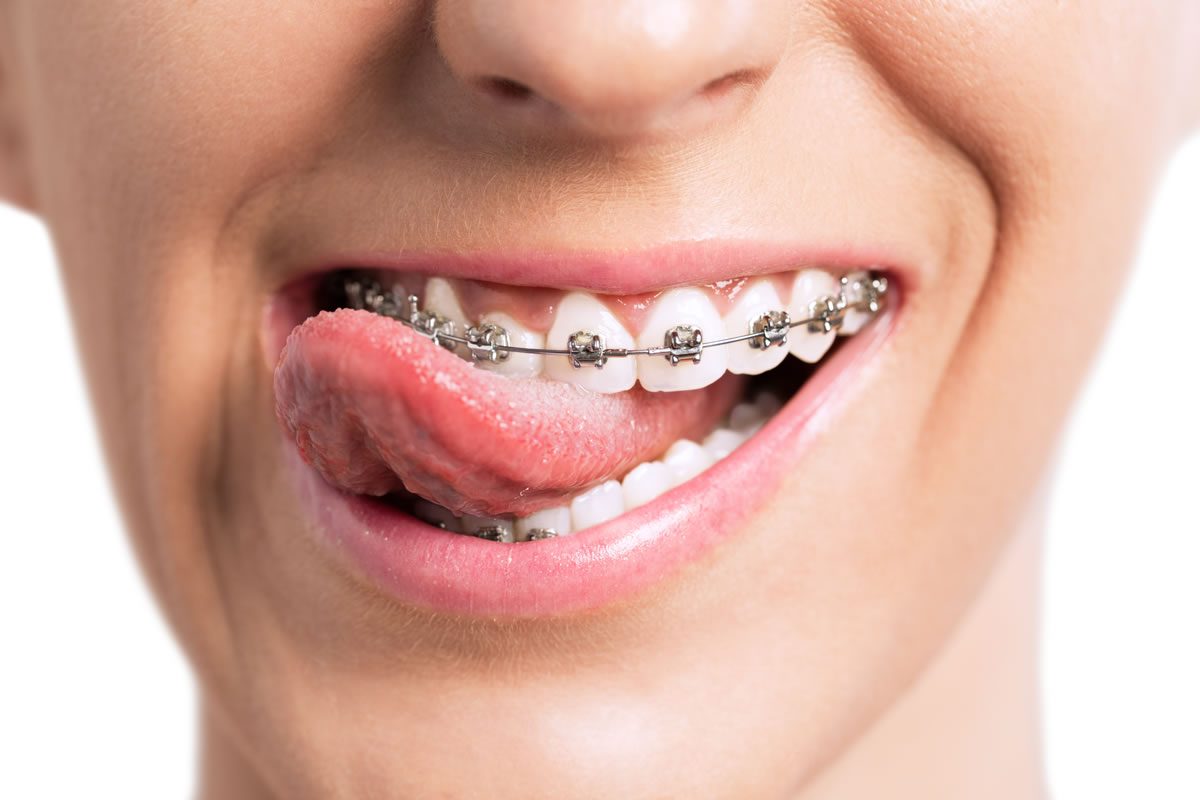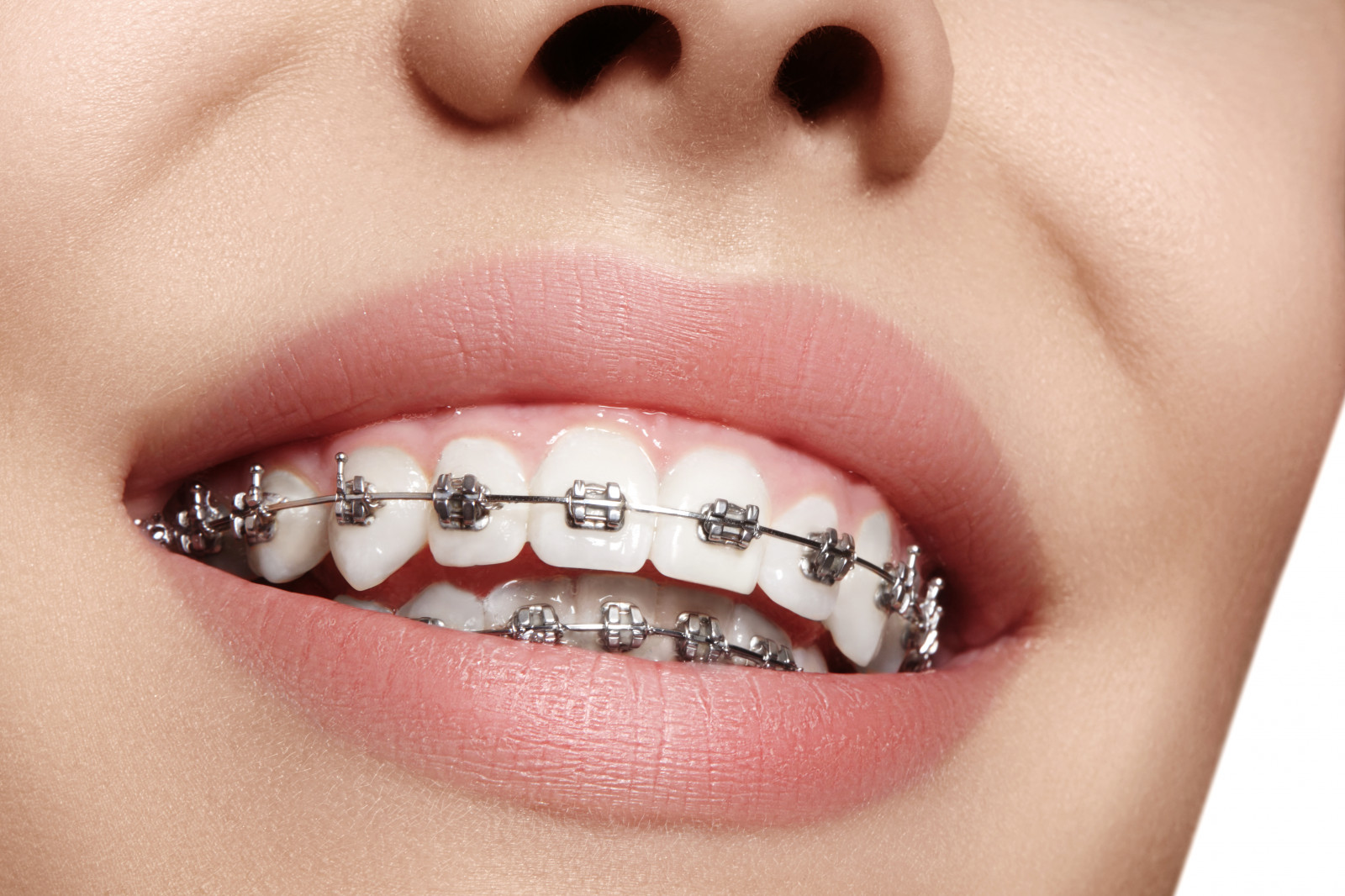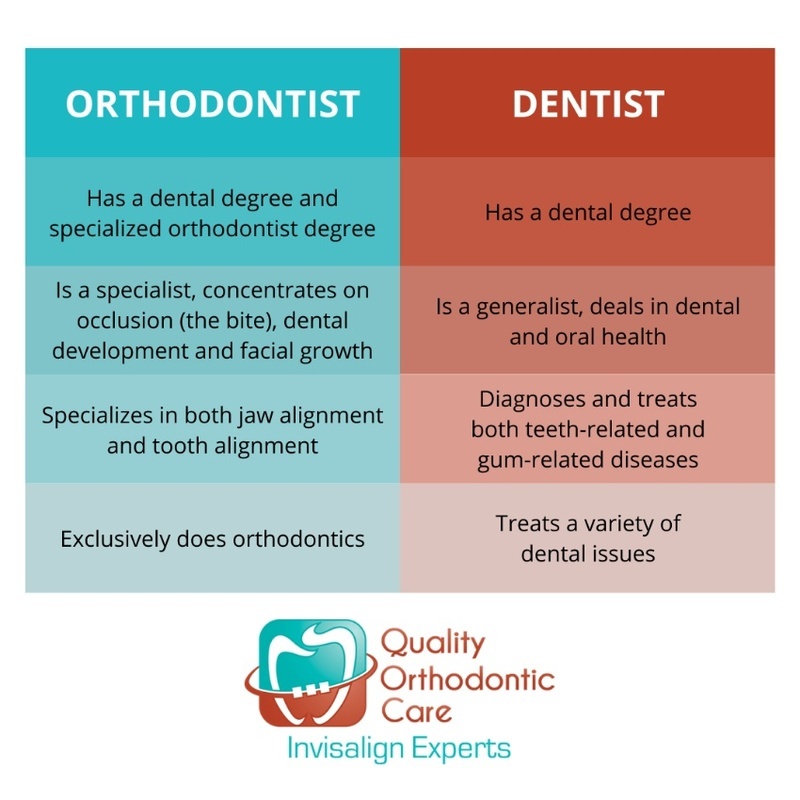Some Known Details About Causey Orthodontics
Table of ContentsNot known Details About Causey Orthodontics Facts About Causey Orthodontics UncoveredA Biased View of Causey OrthodonticsFacts About Causey Orthodontics UncoveredCausey Orthodontics - An Overview
Disregarding occlusal connections, it was typical to get rid of teeth for a range of dental issues, such as malalignment or congestion. The concept of an undamaged dentition was not extensively valued in those days, making bite correlations seem irrelevant. In the late 1800s, the principle of occlusion was crucial for creating reputable prosthetic substitute teeth.As these principles of prosthetic occlusion progressed, it became an invaluable device for dental care. It was in 1890 that the work and effect of Dr. Edwards H. Angle began to be felt, with his contribution to modern orthodontics especially noteworthy. Focused on prosthodontics, he taught in Pennsylvania and Minnesota prior to routing his focus in the direction of dental occlusion and the therapies required to maintain it as a normal problem, therefore becoming recognized as the "dad of contemporary orthodontics".

The idea of perfect occlusion, as postulated by Angle and included right into a classification system, enabled a change in the direction of dealing with malocclusion, which is any type of variance from typical occlusion. Having a full set of teeth on both arches was very searched for in orthodontic treatment as a result of the need for precise connections in between them.
Not known Facts About Causey Orthodontics
As occlusion came to be the key priority, face percentages and appearances were ignored - orthodontist services. To attain optimal occlusals without utilizing outside forces, Angle proposed that having best occlusion was the most effective method to obtain optimum facial appearances. With the passing of time, it ended up being fairly evident that even a phenomenal occlusion was not suitable when thought about from a visual perspective
Charles Tweed in America and Raymond Begg in Australia (who both examined under Angle) re-introduced dental care removal into orthodontics during the 1940s and 1950s so they might enhance facial esthetics while also guaranteeing much better stability concerning occlusal relationships. In the postwar duration, cephalometric radiography begun to be made use of by orthodontists for gauging adjustments in tooth and jaw placement brought on by development and therapy. It ended up being obvious that orthodontic treatment might readjust mandibular development, resulting in the development of useful jaw orthopedics in Europe and extraoral pressure measures in the US. These days, both functional home appliances and extraoral devices are applied around the globe with the goal of modifying development patterns and types. Consequently, pursuing true, or at the very least improved, jaw connections had actually become the main goal of therapy by the mid-20th century.
Examine This Report about Causey Orthodontics
 The American Journal of Orthodontics was created for this objective in 1915; before it, there were no clinical goals to adhere to, nor any type of precise category system and braces that lacked functions. Till the mid-1970s, braces were made by covering steel around each tooth. With developments in adhesives, it came to be possible to rather bond steel brackets to the teeth.
The American Journal of Orthodontics was created for this objective in 1915; before it, there were no clinical goals to adhere to, nor any type of precise category system and braces that lacked functions. Till the mid-1970s, braces were made by covering steel around each tooth. With developments in adhesives, it came to be possible to rather bond steel brackets to the teeth.This has had meaningful effects on orthodontic treatments that are administered on a regular basis, and these are: 1. Right interarchal partnerships 2. Right crown angulation (idea) 3.
The benefit of the style lies in its bracket and archwire combination, which calls for just very little cable bending from the orthodontist or medical professional (affordable orthodontist near me). It's appropriately named after this attribute: the angle of the port and thickness of the brace base inevitably figure out where each tooth is located with little need for extra adjustment
Causey Orthodontics Can Be Fun For Anyone
Both of these systems utilized identical braces for each and every tooth and demanded the bending of an archwire in 3 planes for locating teeth in their wanted positions, with these bends determining supreme placements. When it pertains to orthodontic appliances, they are separated right into 2 types: detachable and fixed. Detachable appliances can be tackled and off by the patient as called for.

Therefore, almost all modern-day fixed appliances can be considered variations on this edgewise home appliance system. Early 20th-century orthodontist Edward Angle made a major payment to the world of dental care. He produced four distinct device systems that have been made use of as the basis for lots of orthodontic treatments today, disallowing a few exemptions.
Causey Orthodontics Fundamentals Explained

The cable ended in a string, and to relocate forward, a flexible nut was utilized, which allowed for an increase in area. By ligation, each private tooth was connected to this large archwire (affordable orthodontist near me). As a result of its restricted variety of movement, Angle was incapable to accomplish precise tooth placing with an E-arch
These tubes held a soldered pin, which can be rearranged at each consultation in order to move them in position. Called the "bone-growing device", this device was supposed to motivate much healthier bone growth as a result of its potential for moving force straight to the roots. Nevertheless, implementing it verified frustrating in truth.